Challenging the assertion that "The reality of Indian Residential Schools was neglect and abuse"
Canadian anthropologist debunks the National Post
By Hymie Rubenstein
This post appeared originally on the Indian Residential School Research Group website.
This essay is a slightly revised response to an opinion piece entitled “The reality of Indian Residential Schools was neglect and abuse“ that was published in the National Post on July 23, 2023 and written by Paul Racher, a former president of the Ontario Archaeological Society, and a principal at Archaeological Research Associates, an Ontario-based archaeological and heritage consulting firm.

I feel obliged to challenge Mr. Racher’s assertions because the National Post shamefully either prohibited or deleted any online comments to his published opinion piece.
Equally troubling is that Racher, a social scientist by training, seems to accept as gospel truth all the data and interpretations to be found in the 2015 Truth and Reconciliation Commission of Canada’s Final Report on the history, operation, and legacy of Canada’s Indian Residential Schools (IRSs), despite the Report’s documented unscientific, incomplete, and biased findings.
Enlightenment principles of natural justice say that individual victims of alleged “neglect and abuse” should never be allowed to act as their sole testifiers, witnesses, prosecutors, judges, and juries, as was the case with the TRC’s public and private interviews and deliberations.
Whenever such a thing is allowed to happen, truth is never fully told — and quite possibly, not even told at all. And without objectively and scientifically verified truth, there can never be meaningful and lasting reconciliation, only angry and endless recrimination.
What follows is my point-by-point rebuttal of the erroneous claims that Mr. Racher has made.
Paul Racher (PR): “What I cannot abide … is the insinuation by some critics of using the term ‘genocide’ that the trauma the Indian Residential School system perpetrated, sometimes fatally, upon its victims, has been overblown.”
Hymie Rubenstein (HR): I know of no scholars or reputable writers who have denied that many IRS students had traumatic experiences in the schools, especially the thousands who were sent there as orphans or from neglectful or abusive households. But “trauma perpetrated sometimes fatally” suggests that some students died as a result of their treatment by school staff, an assertion with not a shred of credible evidence.
PR: “The harms visited upon students … were meticulously collected by the Truth and Reconciliation Commission (TRC), which interviewed over 6,500 witnesses during six years of hearings.”
HR: The stories heard by the TRC decades after the events they described were not “meticulously collected.” Instead, they were given to the Commission by self-selected respondents in public and private testimonials, their stories told without any kind of rigorous verification or corroboration. At most, the experiences they described should be called “reported but unproven” harms.
PR: “The TRC established that Indigenous children were routinely snatched from their parents, that they were confined to schools where they were physically, emotionally, and sexually abused, and that some thousands of them died.”
HR: These “established” charges have already been addressed in many opinion pieces published on this site and elsewhere and need no repetition here except to remind readers that: most children were not “routinely snatched from their parents” but voluntarily sent to these boarding schools, their enrolment made possible by a signed application form.
Some Indigenous children were turned away for lack of space. As mentioned previously, a good many children involuntarily enrolled were nearly all orphans and abused or neglected children with no family members or other institutions willing or able to nurture them. The IRS institutions acted as orphanages and group foster homes for such children.
Yes, emotional and sexual abuse did take place but there is no credible evidence that they occurred in IRS institutions at rates higher than those in non-Indigenous boarding schools or on the children’s home reserves during the same historical period.
“Some thousands” of IRS-enrolled children died during the 113-year history of the schools, but they did so mainly from contagious diseases for which Indigenous people had no natural immunity. Moreover, the children most often died on their home reserves — to which they were returned when they became very ill at the schools — or in the hospitals to which they had been sent for treatment. They were sent home for burial whenever this was feasible. Relatively few died while actually in the schools, and those who did were buried in marked graves in the school’s cemetery .
PR: “Many of the dead were laid to rest in graves that, for want of funds, adequate record keeping, or simple respect, were never properly documented.”
HR: Every effort was made to ensure that any deaths were carefully documented, and the death certificates associated with most of them are still available in provincial repositories. Yes, many school records were destroyed during a particular historical period for want of storage space (along with countless other documents having nothing to do with the schools) but there was no nefarious reason for this action.
PR: “The government of Canada delegated the running of the schools to Canada’s largest churches, who administered them with an eye to keeping expenses low.”
HR: The government of Canada determined and allocated funding for the schools, but the churches were often obliged to supplement this from their own meagre resources. During the first few decades of the establishment of the IRSs, Canada was a new country with huge responsibilities for all its citizens and tasks that would have been difficult to fund from its small national treasury. All government spending was done to keep expenses low.
PR: “The TRC noted that vulnerable children were underfed, improperly clothed, and subject to predatory behaviour by administrators, staff, teachers, and some students, who, with virtually no oversight, could act with impunity.”
HR: The biased and selective TRC’s six-volume 2015 report cannot always be relied on as an impartial, comprehensive, and accurate source of information about these issues. Still, much of its contents as well as other sources — sources that provide thousands of photographs of smiling, well clothed, healthy-looking children — paint a very different picture to what Paul Rachel describes.
One must also consider conditions of chronic poverty, hunger, child neglect, alcohol abuse, and sexual exploitation on the children’s home reserves, places where “virtually no oversight” was certainly the case. There is no evidence, for example, that the sexual abuse of IRS-enrolled children — most of it at the hands of older children — approached the level of such abuse on the children’s home reserves.
PR: “Few people cared what happened to an Indian child.”
HR: This is the most fallacious comment of all, debunked not only by countless chronicles describing life in the schools — chronicles that speak of caring and sacrifice and vigilance — but by the schools’ very existence and stated purpose, namely to prepare a population whose traditional livelihood — mainly subsistence hunting, gathering, and fishing — could no longer sustain them. The schools were established to enable their students to obtain the basic skills necessary to take advantage of the new opportunities presented by a rapidly changing country, and many steps were taken to protect and care for enrolled children and youths.
PR: “Early in the 20th Century, the Chief Medical Officer of the Departments of the Interior and Indian Affairs, Dr. Peter Bryce, noted staggeringly high mortality rates at Residential Schools, the result, he said, of poor conditions and inadequate sanitation.”
HR: Dr. Bryce recognized that living conditions on reserves, including mortality rates, crowding, and sanitation were worse, and that illnesses contracted at home could easily make their way into the residential schools. In his 1907 Report, he includes the belief that students were not being sufficiently screened for health before enrolment. And close inspection of the mortality rates he quotes in his reports reveals the fact that he includes students who had returned home as much as a year before their deaths.
PR: “The government refused to publish his report or act on his concerns. Indigenous children continued to die of illnesses like tuberculosis at a rate far exceeding that of their white counterparts.”
HR: False. The federal government acted on many of his recommendations, and the death rates from illnesses like TB were always higher among Indigenous people than those in the non-Indigenous population, Statistics show that death rates were higher on the reserves than in the schools. Even today, although very few Indigenous people die from TB, this disease is 40 times higher among aboriginals than non-aboriginal Canadians.
PR: “Research into lost, abandoned, and suspected cemeteries is ongoing. Many First Nations have cultural attitudes toward death, which consider any disturbance of graves to be an abomination.”
HR: There is no evidence that this “abomination” is higher than among non-Indigenous people. Indeed, it should be remembered that secondary burials, tree burials, and burials in middens (garbage dumps) were also practiced by various aboriginal peoples who only adopted formal cemetery burials after becoming sedentary and converting to Christianity. This gross distortion by an archaeologist who surely knows better also ignores the fact that several Indigenous cemeteries have been dug up in recent years with the active consent of local bands. There has been little effort to search for the reputed remains of children “discovered“ by ground penetrating radar. Previous excavations have either found no human remains or any remains found have been in known community cemeteries. More such findings would only reveal that the “missing children buried in unmarked graves” mantra is part of a hoax of epic proportions, and those of us who dare to say so are truth tellers, not “genocide denialists.”
Let me repeat: Without objectively and scientifically verified truth, there can never be meaningful and lasting reconciliation, only angry and endless recrimination.
___
Thanks for reading. For more from this author, read Search without a cause
BREAKING NEWS:
A new long-form essay by Dr. M - Fulcrum and Pivot: The New Left Remaking of Toronto School Policy
James Pew has contributed a chapter to the new book Grave Error: How The Media Misled us (And the Truth about Residential Schools). You can read about it here - The Rise of Independent Canadian Researchers
Also, for more evidence of the ideological indoctrination in Canadian education, read Yes, schools are indoctrinating kids! And also, Yes, The University is an Indoctrination Camp!
There are now two ways to support Woke Watch Canada through donations:
1) By subscribing to the paid version of the Woke Watch Canada Newsletter for - $7 Cdn/month or $70 Cdn/year
2) By making a contribution to the Investigating Wokeism In Canada Initiative, which raises the funds necessary to maintain and expand Woke Watch Canada’s research and investigation into Dysfunctional Canadian School Boards, Education, Indigenous Issues, Free Speech, and other areas of Illiberal Subversion and the Canadian Culture Wars.

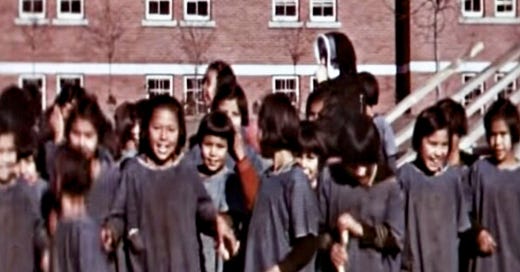





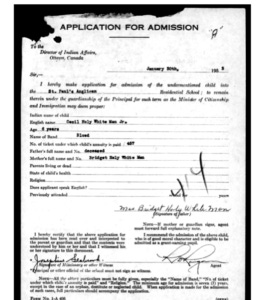
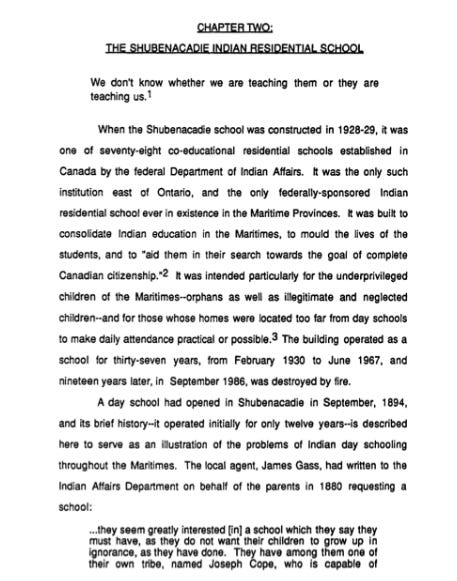
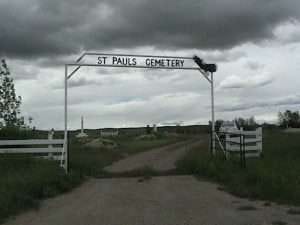
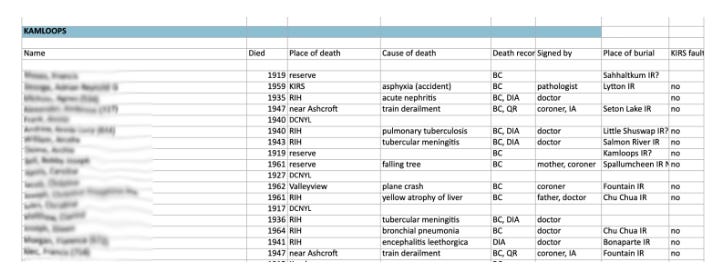
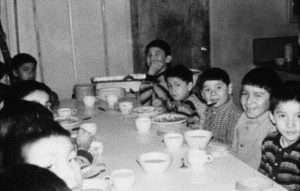



“To anger a conservative, lie to them. To anger a liberal, tell them the truth.” Time to return to some common sense.
Great article. Its remarkable how many academic/professional associations have become compromised. This rational and factual pushback is absolutely necessary.